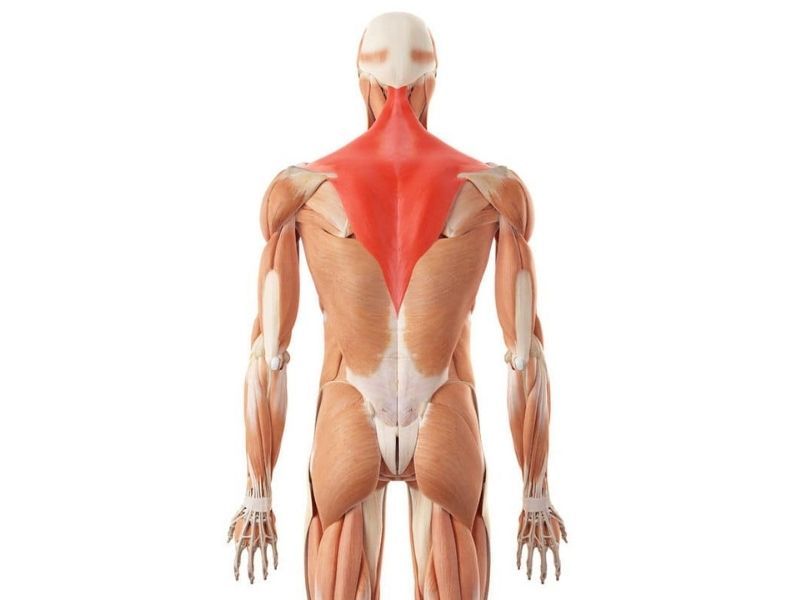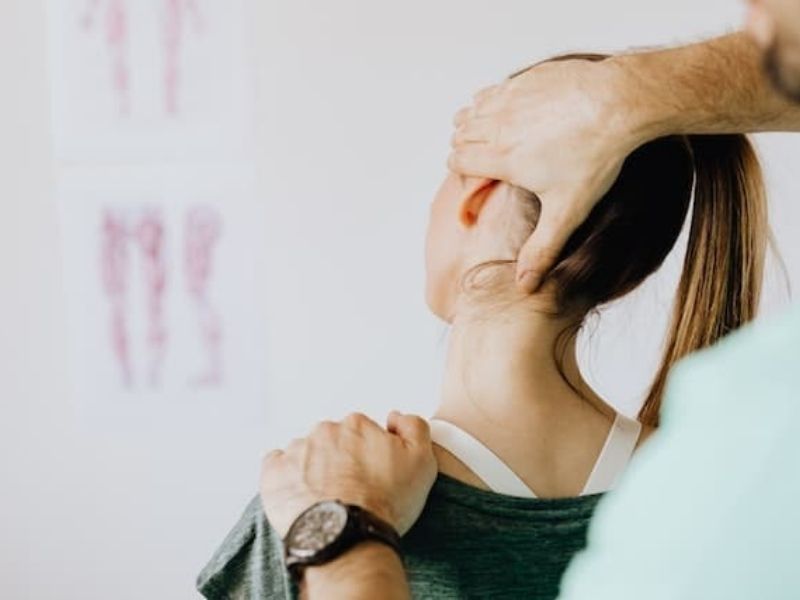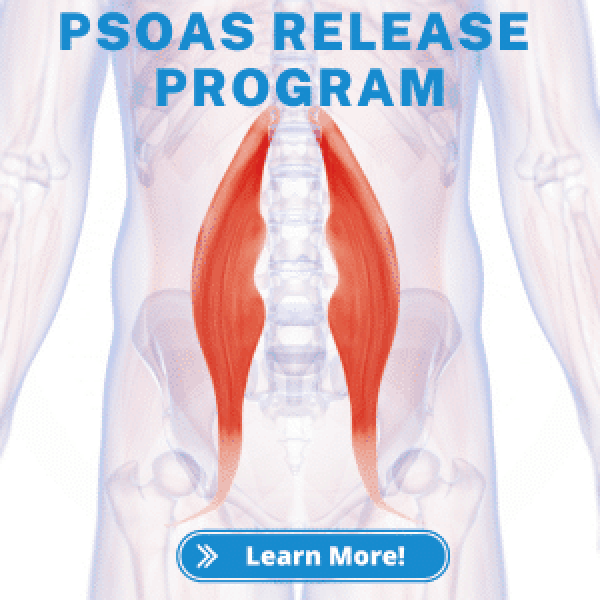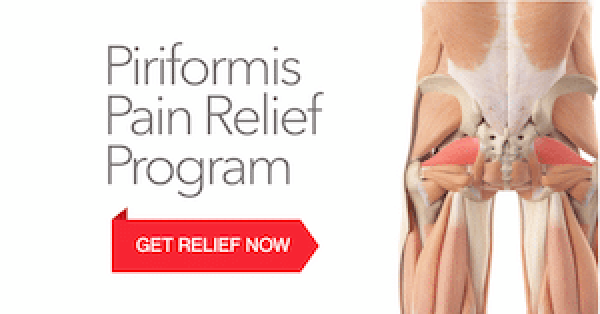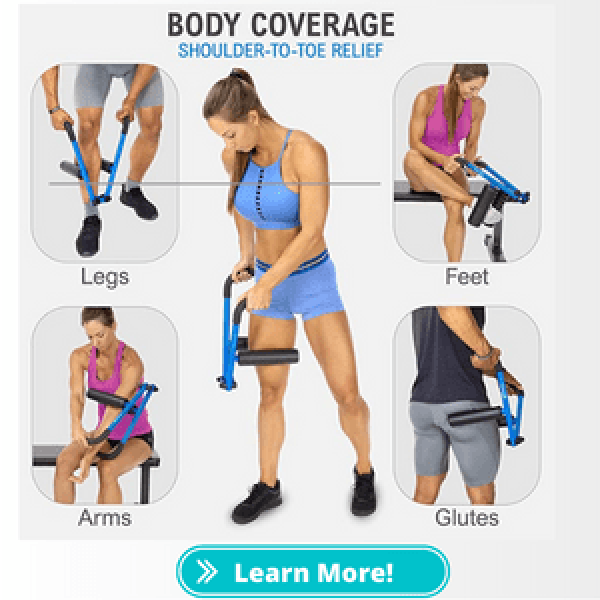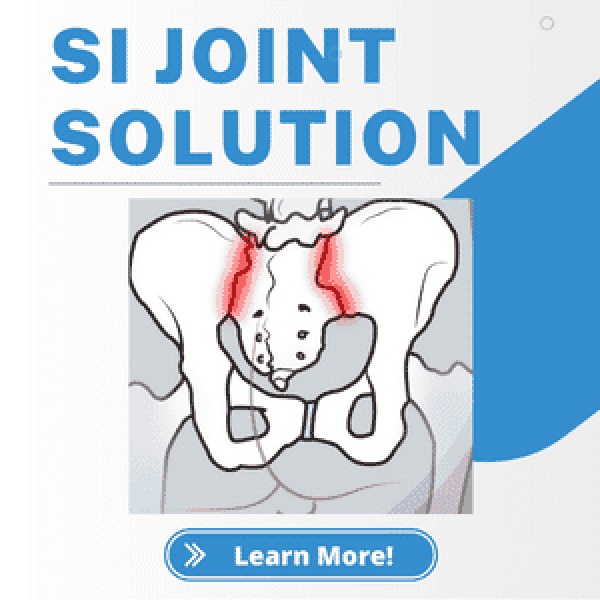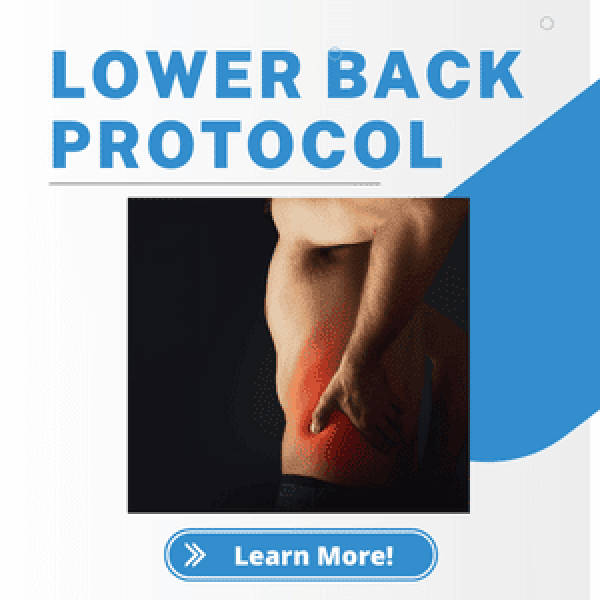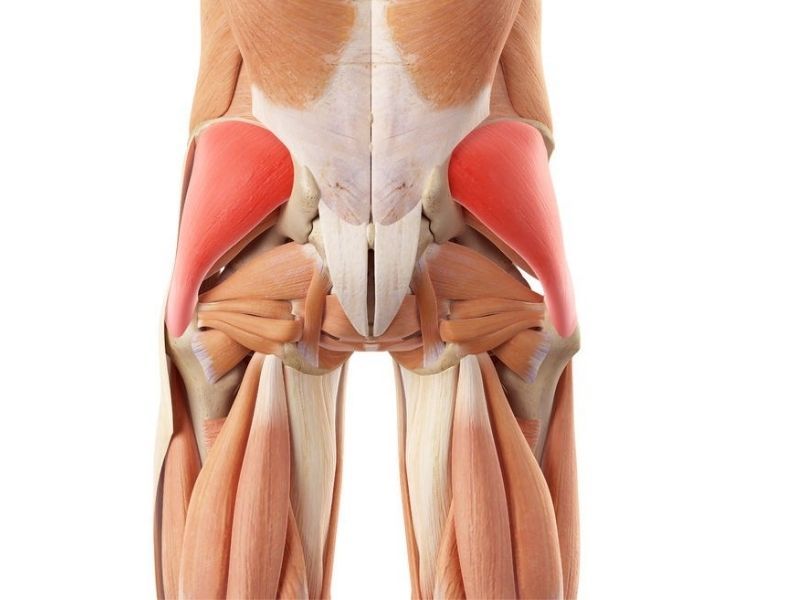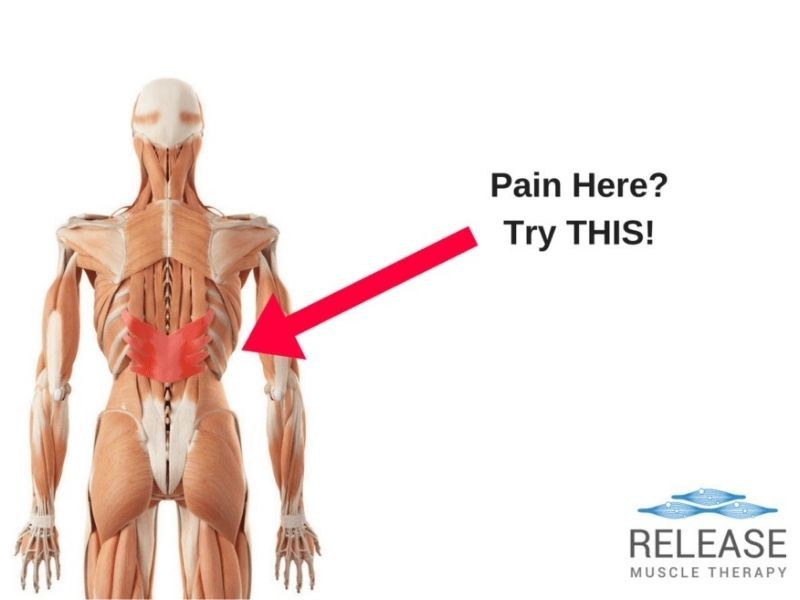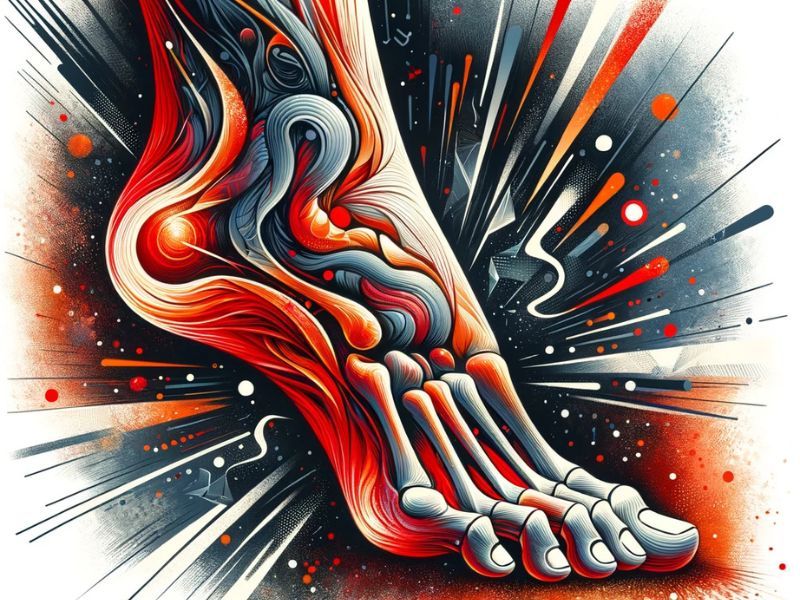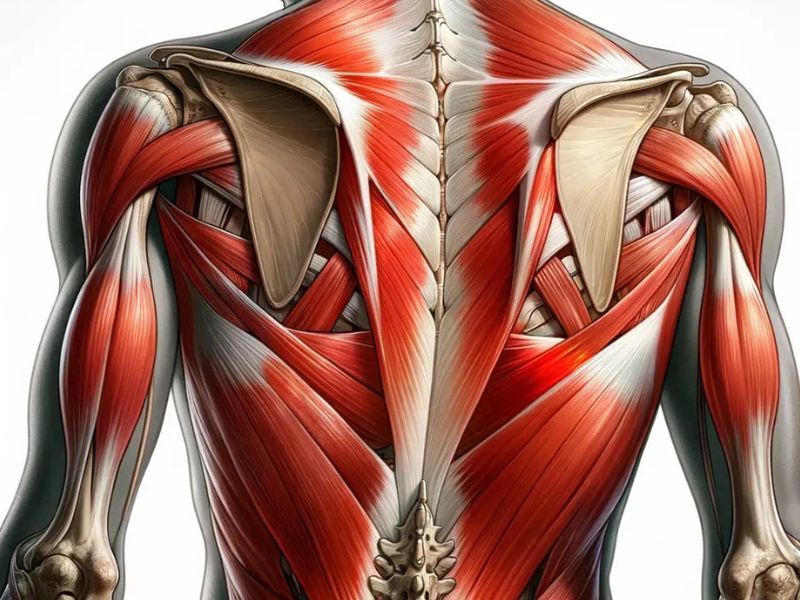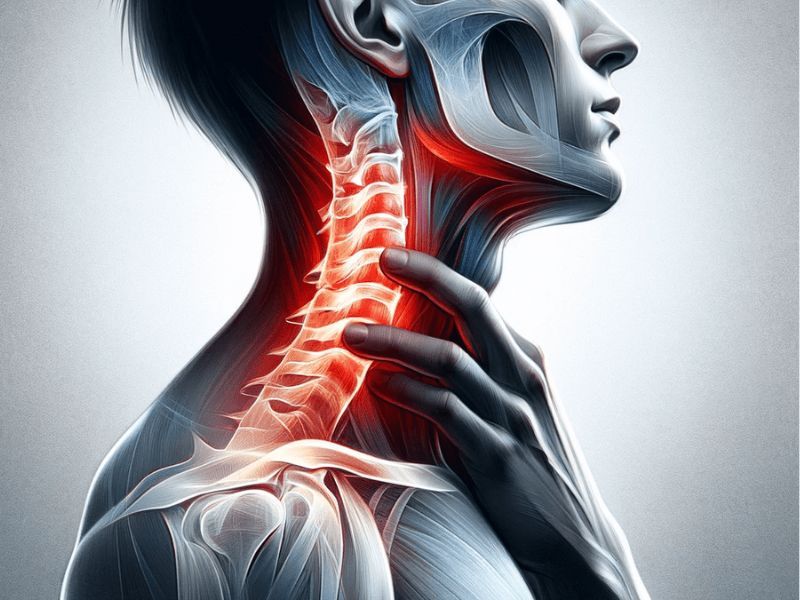Top Pressure Points In Feet & How To Massage
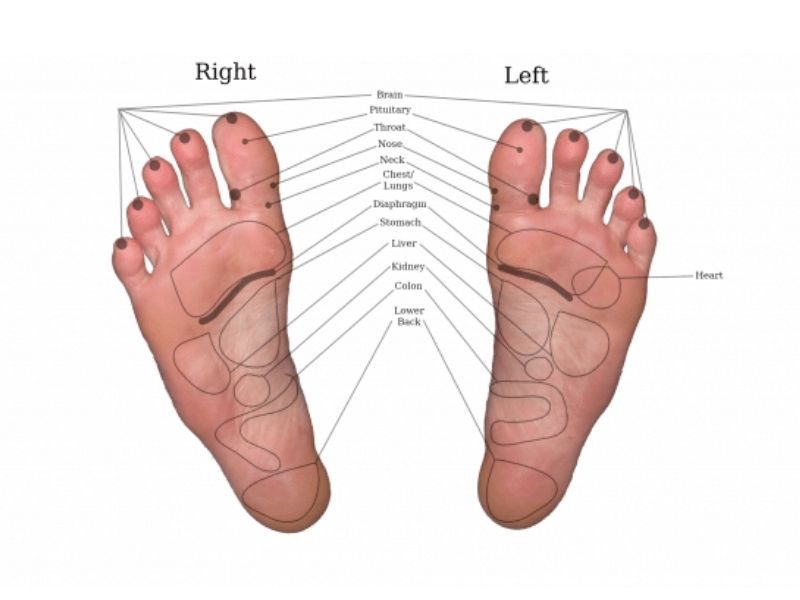
Did you know that over 70% of Americans suffer from foot pain? Foot massage is one of the most accessible and effective methods for relieving this pain. In this article, we’ll explore the major pressure points in your feet and how to give yourself a proper foot massage for better health and well-being.
Foot massages are incredibly healing and offer a multitude of benefits:
- Pain Relief: Reduces pain from plantar fasciitis, heel spurs, Achilles tendonitis, bunions, cramps, and more.
- Stress Reduction: Provides deep relaxation and eases tension.
- Improved Circulation: Increases blood flow to the feet and lower legs, promoting overall health.
- Better Sleep: Can help improve sleep quality.
- Reduced Anxiety: Studies suggest foot massage can help lower anxiety levels.
By understanding where your body’s natural pressure points lie on your feet, you can reap the full rewards that come with giving yourself a good foot massage. This knowledge helps us take control of our own physical wellbeing so we can live life at its fullest potential and find freedom within ourselves!
What Are Foot Pressure Points?
Foot pressure points, also known as reflexology points or trigger points, are specific areas on your feet that correspond to different parts of your body. Applying pressure to these points can help relieve tension and pain throughout the body.
Foot massage diagrams can easily be found online or through books on reflexology that show where these pressure points are located on each foot. Most people have heard of massaging the arch of their foot for relaxation. However, there are many other spots along both sides of your feet which you should consider exploring. Underneath your toes is one area with multiple pressure points between them. There’s even one at the base of your heel!
Taking some time to locate these self-foot massage pressure points will give you an idea of how they feel when pressed and how much relief they offer when manipulated correctly. Plus, it’s a great activity for practicing mindfulness and getting into a relaxed state before bedtime.
Trigger Points vs. Pressure Points:
While the terms are often used interchangeably, there are subtle differences.
- Trigger points are localized knots of muscle tension that can cause pain and discomfort. Trigger point massage is often more beneficial for those suffering from chronic pain such as plantar fasciitis since it helps target localized knots of tension which can contribute to overall discomfort. Reduction in trigger point activity usually involves applying pressure directly to the tender point in order to stimulate the central nervous system, and allow for desensitization and release of the tissues. This can often result in immediate relief from pain. However, this type of massage requires a skilled practitioner who knows exactly how much pressure should be applied at any given time. Foot massage trigger points charts are available online for reference if you wish to try self-massage.
- Pressure points are broader areas that, when stimulated, can elicit a therapeutic response in another part of the body.
Easy-to-Find Pressure Points in the Foot:
- Big Toe: The big toe alone has five important pressure points! These points are located at the base, tip, middle joint, and two points in between. Stimulating these points can help with headaches, neck pain, lower back pain, and sciatica.
- Other Key Areas: The ankle, arch of the foot, and heel also house important pressure points, each with its own unique benefits.
Foot Reflexology Chart:
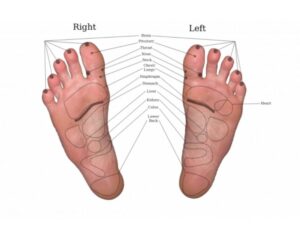
A foot reflexology chart is a visual guide that shows the location of pressure points on the feet and their corresponding body parts. Foot reflexology is a form of alternative therapy that utilizes pressure points on the foot to affect various parts of the body. Foot reflexology chart use is common with many practitioners whom practice this art. While reflexology treatment bears little scientific evidence, practitioners believe that pressing on specific points can help reduce pain and stress throughout the body.
What the Different Pressure Points Mean:
- Solar Plexus Point: Located in the center of the arch, massaging this point can help relieve stress and anxiety.
- Head and Neck Points: Found on the toes, these points can help alleviate headaches and neck tension.
- Lower Back and Sciatica Points: Located on the inner edge of the foot, massaging these points can help reduce lower back pain and sciatica.
The feet are full of pressure points that can help us achieve reduction in pain and improvement in function in not only the feet, but up the body as well. By exploring the various pressure points on the feet, you can begin to understand how these areas affect different parts of your body.
It’s important to note that there is no one-size-fits-all approach when it comes to using foot massage chart for pressure points; everyone responds differently based on their own unique needs. Nevertheless, understanding where each point lies gives you an opportunity to experiment with different techniques until you find what works best for you. A regular routine of self-massage on the feet helps increase circulation, reduce stress levels and promote healing throughout your body – not just physically but emotionally too!
How to Massage Foot Pressure Points:
- Warm-up: Start by soaking your feet in warm water or using a warm towel to relax the muscles.
- Arch Massage: Use your thumbs to apply firm pressure and make small circles along the arch of your foot.
- Heel and Achilles Tendon: Gently massage the heel and Achilles tendon with long, sweeping motions.
- Ball of the Foot and Toes: Gently squeeze and pull each toe, then massage the ball of the foot using your thumbs.
- Pressure Point Massage: To target specific pressure points, apply firm pressure using your thumbs or a massage tool. Hold the pressure for 10-15 seconds, then release.
General foot massage techniques that are thorough can help address both pressure points and trigger points.
Is Massage Equipment Helpful?
Massage tools can enhance your foot massage experience:
- Massage Balls: Spiky balls can be used to target specific pressure points and provide deep tissue relief.
- Foot Rollers: Rollers can help relieve tension in the arch, heel, and ball of the foot.
- Percussion Massage Guns: These tools can help apply targeted pressure to specific areas.
Massage equipment can be a great help when it comes to massaging the pressure points in your feet. From hand-held tools like rollers and balls, to acupressure mats, there is something for everyone’s preference. Hand-held tools aid in targeting specific areas by providing precise pressure directly onto them. Many are useful for virtually all body parts. The use of massage equipment is especially beneficial if you have limited mobility or difficulty manipulating muscles with just your hands alone. Even using something as simple as a ball will lend an extra bit of leverage that may make all the difference between relieving pain or not. Keep in mind that massage equipment should never replace professional treatments; however, incorporating them regularly into your self-care routine will give you more control over managing chronic conditions such as plantar fasciitis or heel spurs, or even simply promote deep relaxation.
Hands-On Massage for Tension Relief:
Hands-on massage is a great way to relieve tension and improve your overall health. You can use your hands to apply pressure to specific areas of the feet, or try various leg massage techniques for deeper tissue stimulation. Knowing where exactly to apply pressure can make all the difference when it comes to providing relief from aches and pains due to tightness or tension. In addition to using this chart for reference, there are also various leg massage techniques that you can use while administering a hand massage therapy session. These techniques will not only help you locate key pressure points but they’ll also provide deep tissue stimulation that’s sure to bring about some much needed relief!
Foot Massage Techniques:
- Effleurage: Long, gliding strokes that promote relaxation.
- Petrissage: Kneading and squeezing motions that help release muscle tension.
- Friction: Circular motions that target deeper tissues.
- Tapotement: Percussive techniques like tapping or hacking that stimulate circulation.
Now that you have experienced the tension relief of hands on massage, it’s time to move onto foot massage techniques. There are many pressure points in your feet that can be used to relieve stress and tension. By massaging certain points with a firm but gentle touch, you can reduce pain and discomfort caused by tension in your feet. With proper knowledge about how to use these pressure points along with skillful technique, you’ll be able to DIY foot massage or give someone else an effective foot massage!
Conclusion:
Foot massage is a powerful tool for improving your overall health and well-being. By understanding the different pressure points in your feet and incorporating regular foot massage into your routine, you can experience the many benefits it has to offer. While the validity of specific pressure points to improve things like internal organ health is questionable, we know the health benefits that massage produces is certainly a helpful way to create less stress on the body, and reduce certain symptoms such as pain, and even lower blood pressure.
Remember:
- Listen to your body and adjust pressure as needed.
- If you have any underlying health conditions, consult with your doctor before starting a new foot massage routine.
- If you experience any pain or discomfort during the massage, stop immediately and seek professional advice.
Sam Visnic
I’ve spent my life studying the fundamental aspects of human health with a focus on movement and clinical massage therapy. In a world of specialists, surgical procedures, drugs and quick fix remedies, I’m committed to finding and developing strategies that help people stuck at the “gap”. Over the last 20 years I’ve studied dozens of systems and methodologies for uncovering the root cause of aches and pains, along with postural and movement issues. Pain science, the art and science of hands-on soft tissue massage techniques, myofascial release, and coaching movement is essential in my practice. Integrating different methods but above all deciphering WHEN to use different techniques with different people and situations, along with integration of movements that people want to be able to do again is the key to long term success with my incredible track record with clients. Understanding the various elements that contribute to conditions and the power of communication and education makes my Release Muscle Therapy program separate from other hands-on therapy approaches.
Blogs You May Be Interested In
Categories
-
Deep Gluteal Pain Syndrome
-
Deltoids
-
Fallbrook
-
Foam Rolling
-
Glutes
-
Hamstrings
-
Hypnosis For Pain
-
Lats
-
Levator Scapulae
-
Lifestyle
-
Massage Therapy
-
Mobility
-
Movement and Exercise
-
Murrieta
-
Muscles
-
Nutrition
-
Obliques
-
Pain
-
Pectorals
-
Piriformis
-
Plantar Fasciitis
-
Product Review
-
Psoas
-
Quadratus Lumborum
-
Quadriceps
-
Rhomboids
-
Serratus Anterior
-
SI Joint
-
Sternocleidomastoid
-
Stretching
-
Subscapularis
-
Temecula
-
TMJ
-
Trapezius
-
Uncategorized




